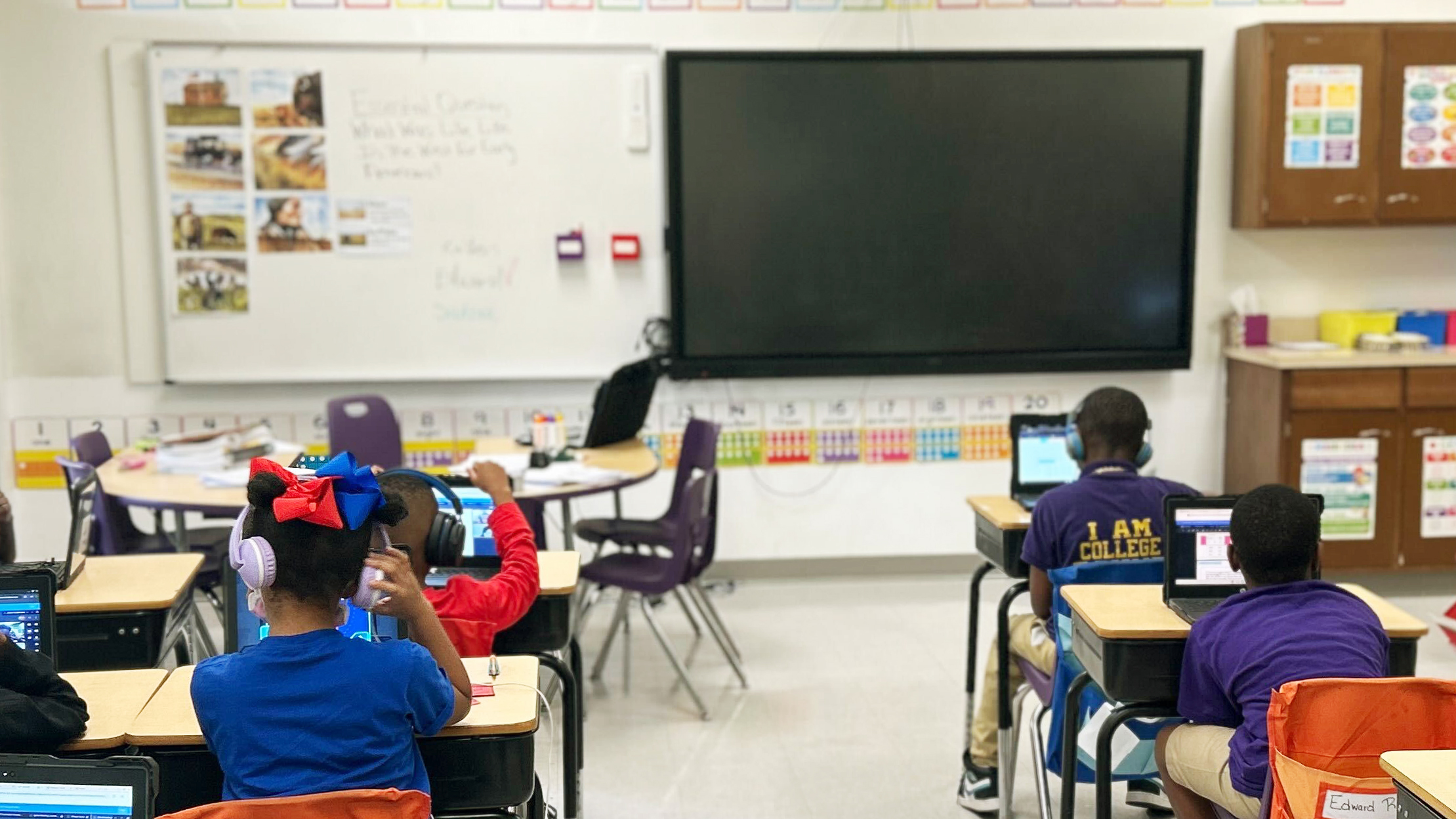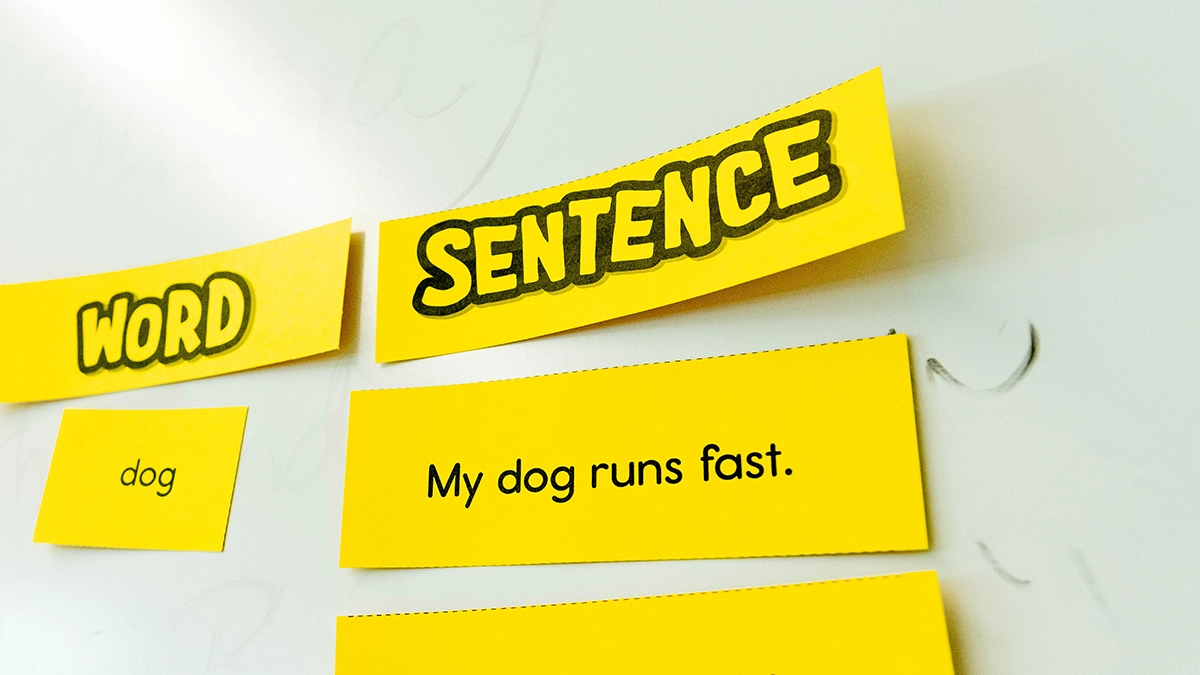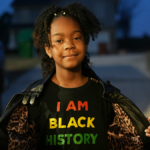High-impact tutoring has taken state houses and the education system by storm in recent years, and students receiving the intervention services are reaping real rewards.
Students are learning more with access to a high-impact tutoring program during the school day, and the studies show they’re less likely to be absent from school too.
With more mandates — and even some high-impact tutoring grants — on the table, district and school leaders have more questions too.
How can you bring those benefits to your students?
Which high-impact tutoring best practices should you look for in a program?
What are the red flags to avoid and the questions to ask to suss out whether a tutoring vendor has what it takes to help your students?
We’ve broken it all down for you, from a look at what sets this type of tutoring apart from the rest to lists of specific questions every tutoring company should be able to answer.
What Is High-Impact Tutoring?
High-impact tutoring is an intensive intervention provided one-to-one or in small groups that occurs several times a week over an extended period of time.
It’s been officially defined by the National Student Support Accelerator at Stanford University as “tutoring that has directly demonstrated significant gains in student learning through state-of-the-art research studies or tutoring that has characteristics proven to accelerate student learning.”
The tutoring model goes by a number of names, including:
- HIT
- High-dose tutoring
- High-dosage tutoring
No matter the name, it’s clear this intervention has become increasingly popular in the wake of the COVID-19 pandemic. Between December 2022 and May 2024 alone, the percentage of U.S. public schools offering high-impact tutoring to students grew by 9 percent.
How to Choose a High-Impact Tutoring Partner
1. Look For an Evidence-Based Tutoring Curriculum
One crucial criteria to look for in a high-impact tutoring program is the use of a high-quality curriculum, which ensures all tutors provide the same quality of instruction to every student.
This makes your first criteria for any potential partner fairly simple: Do they have a high-quality curriculum in place to ensure every student will receive consistent instruction, or will your teachers be expected to tell tutors what they’re supposed to work on with each student?
High-impact tutoring, when done correctly, shouldn’t add more work to teachers’ already full plates.
If you already have an evidence-based curriculum in your district, students will benefit from tutoring that’s backed by research. An evidence-based tutoring curriculum will coherently integrate with your core curriculum, giving students more targeted practice with the skills they need most.
If a potential tutoring partner doesn’t use a high-quality curriculum, it could be cause for concern. Students need more than simple homework help or ineffective practices like guided reading.

It will also make gauging tutor performance easier to measure. Student progress monitoring will align with specific content, something that can’t be done if your partner’s approach is unscripted and incoherent.
High-impact program partners should be ready to answer questions about the theoretical framework of their tutoring curriculum and outline the instructional strategies their tutors will use. In particular, a foundational reading skills tutoring curriculum should address the key elements of foundational reading instruction — such as phonemic awareness, phonics, and fluency — to provide students with the skills they need to become automatic, fluent readers.
If your district has yet to adopt a literacy curriculum that’s based in the Science of Reading, or you’re in the midst of curriculum adoption, having a tutoring partner with an evidence-based curriculum will bring a whole host of benefits to the table, including:
- Students receive instruction with a curriculum that’s been proven by research, and each student receives the systematic, explicit and differentiated instruction they need most to meet their unique learning needs.
- School staff benefit from seeing an evidence-based curriculum model at work, and teachers can get a jumpstart on familiarizing themselves with the instructional methods that will eventually be part of universal instruction in the school or district.
Questions to Ask a Potential High-Impact Tutoring Partner
Here are some questions you can use to assess the quality of the curriculum underpinning the tutoring program:
- Is the curriculum grounded in reading research?
- Is it written by reading researchers?
- Does it have evidence of efficacy?
- How are tutors developed to teach the curriculum with integrity?
- How do your instructional materials engage students?
- How do your instructional materials meet the needs of multilingual learners?

Tutoring Laws
Selecting a tutoring program that uses an evidence-based curriculum may be required to stay in line with the laws of your state as well. More than half of the states in the nation now require that tutoring services use high-quality instructional materials that align with classroom curricula.
2. Ask for Professionally-Trained and Supervised Tutors
If classroom teachers who provide Tier 1 instruction are trained and certified, it stands to reason that tutors who step in to provide Tier 2 and 3 supports should likewise be well-trained.
Tutoring is one service where the “who” matters as much as the “what” — and the research backs this up. Studies have found students see substantially more success when their tutor has been professionally trained, and their services are being supervised.
It can be tempting to rely on parents who offer to drop into the classroom and other community volunteers to tutor students to cut down on costs. Community investment in education is certainly something to be lauded, and school volunteers provide an invaluable service.
Volunteer tutors often cannot commit to the intense amount of time — optimally five days per week of tutoring — required for tutoring to have “high-impact” results, and may drop out of the program entirely if it conflicts with paid work.
Here’s what you get with a professional tutor, on the other hand:
- Professional Training — When a tutor is paid for training time, their commitment to the process is incentivized, and the research shows this benefits students in the long term. Professional tutors are more likely than volunteers to attend all or most tutor training sessions, and their tutoring programs have more leverage to require training of a specific length or even require retraining.
- Performance Accountability — Better commitment to the training process has been tied to better adherence to the curriculum by professional tutors, and the accountability doesn’t stop there. When tutoring is a job, the tutoring program can then monitor performance and put measures in place to hold tutors to the high standards required for the best student outcomes.
- Consistency — Experts who have studied the effects of high-impact tutoring on learning say a student’s relationship with their tutor should be “sustained and strong,” something that is built through the ability for the two to meet consistently. This results in academic benefits and social emotional ones too — tutors act as encouraging mentors who empower students and help motivate them as they build a bond over the course of the school year. Programs built around professionals can better provide that consistency because their tutors are committed to paid work.
Trained tutors do not have to be certified teachers. In fact, parents and community members who undergo a high-quality tutor training program can — and do — provide high-quality instruction to students.
Questions to Ask a Potential High-Impact Tutoring Partner
Here are some important questions to ask your potential tutoring partner about their tutor training and supervision:
- Is your tutor hiring process designed to draw a diverse pool of applicants?
- What is the process for background checking tutors?
- How long does your tutor training program last, and what does it include?
- Do tutors continue to receive coaching after the initial training program?
- How do you monitor tutor performance? Do you have a rubric that ensures they’re teaching the curriculum with fidelity?
- Will kids have the same tutor day after day, or will there be a new face each time they log in?
- Does your program supply substitute tutors if the primary tutor is sick or on vacation? What sort of training do the substitute tutors have?

Tutor Monitoring
When it comes to tutor monitoring, you may also want to consider a synchronous virtual tutoring partner over an in-person option. When sessions are performed virtually, video of every tutor can be monitored to make sure instruction follows the curriculum.
3. Look for a Smart Student Assessment Plan
Student assessment is an integral part of instruction, and that’s just as true of the literacy instruction students receive in a tutoring program as it is in a traditional classroom setting.
Progress monitoring by your tutoring partner will enable their instructional staff to tailor instruction to the individual student, giving the child as many at-bats as they need to master the skill they’re working on.
The tutoring program should begin with a diagnostic assessment, so tutors know exactly what skills students have mastered and still need to learn. After sessions begin, your partner should be consistently tracking student progress and measuring growth, and they should be able to explain their methodology for assessing whether students have mastered a skill before they move to the next.
Your partner should also have a system for communicating this data back to school and district leaders. In the same way that they lighten students’ load with consistent instruction, a great tutoring partner saves teachers’ time by connecting the dots between the learning happening in tutoring sessions and the classroom.
Questions to Ask a Potential High-Impact Tutoring Partner
Here are some questions to ask potential partners to gauge the strength of their student assessment planning:
- How is student privacy and data protected?
- Which reading assessment tool (or tools) does your program use to progress monitor students?
- What is the frequency of progress monitoring, and how is that information documented?
- How is assessment data used to tailor instruction?
- What data do you share with the school and/or district, and how are these data stories communicated?
- What are some examples of how teachers have used your data to support classroom instruction?







